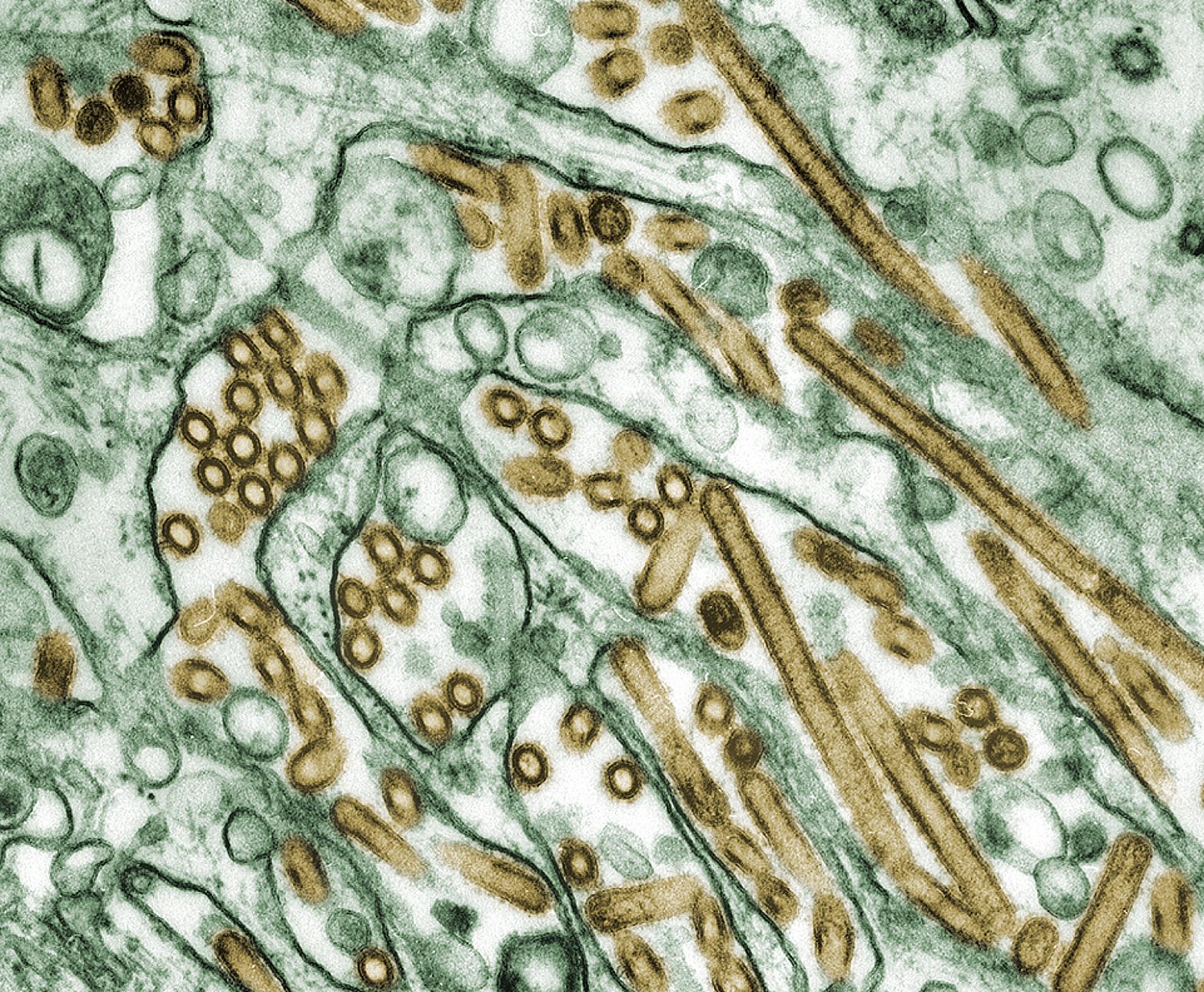Induction of innate immunity and its perturbation by influenza viruses
Influenza A viruses (IAV) are highly contagious pathogens causing dreadful losses to human and animal, around the globe. IAVs first interact with the host through epithelial cells, and the viral RNA containing a 5?-triphosphate group is thought to be the critical trigger for activation of effective innate immunity via pattern recognition receptors-dependent signaling pathways. These induced immune responses establish the antiviral state of the host for effective suppression of viral replication and enhancing viral clearance. However, IAVs have evolved a variety of mechanisms by which they can invade host cells, circumvent the host immune responses, and use the machineries of host cells to synthesize and transport their own components, which help them to establish a successful infection and replication. In this review, we will highlight the molecular mechanisms of how IAV infection stimulates the host innate immune system and strategies by which IAV evades host responses.
Back to publications
